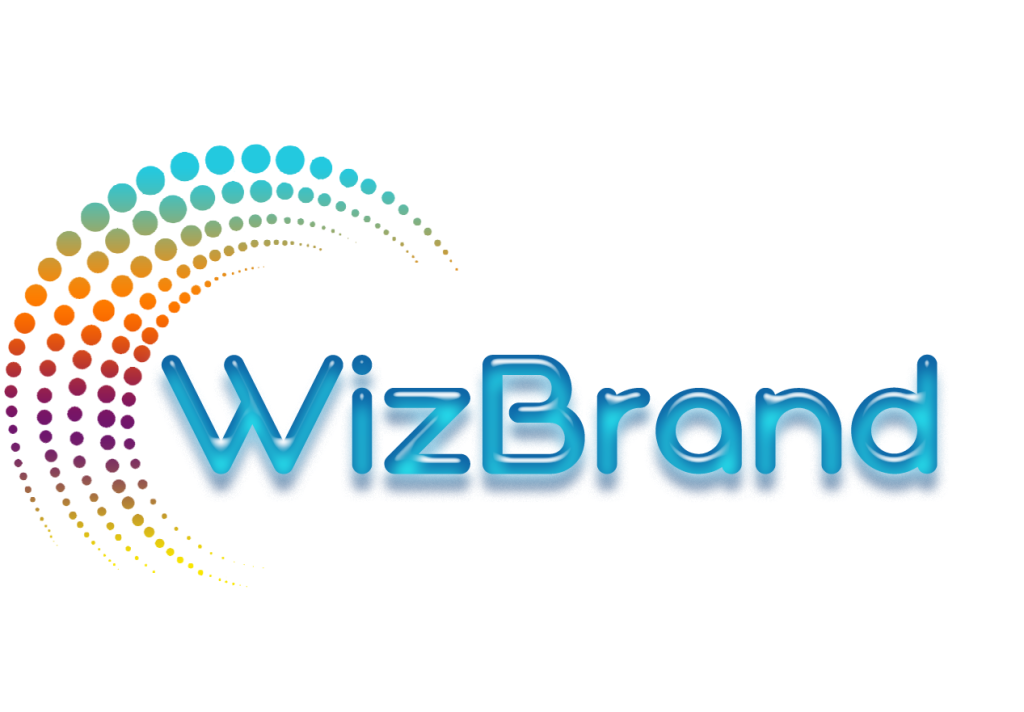
In today’s digital landscape, businesses are increasingly relying on a vast array of digital assets to drive their marketing, branding, and customer engagement efforts. From images and videos to documents and presentations, the sheer volume of content can become overwhelming when stored in traditional storage systems. The result? Disorganization, inefficiency, and missed opportunities.
That’s where Digital Asset Management (DAM) systems come into play. A DAM solution offers a centralized platform to store, manage, and retrieve digital assets, ensuring that your content is always well-organized and easy to access. However, migrating from traditional storage to a DAM system is a process that requires thoughtful planning and execution. In this blog post, we’ll walk you through the step-by-step process of migrating from traditional storage to a DAM system, and how Wizbrand, a leading DAM solution, can make the transition smooth and effective for your business.
Why Migrate to a DAM System?
Before diving into the migration process, it’s important to understand why transitioning to a DAM system is so valuable. Traditional storage systems such as file servers, network drives, and even cloud storage are often fragmented, making it difficult to keep track of assets, manage versions, or ensure that the latest content is available for team collaboration. This results in wasted time spent searching for files, duplicated content, and missed opportunities for streamlining workflows.
On the other hand, a DAM system centralizes all your digital content in one location, allowing for improved content discovery, organization, and sharing. It also improves collaboration across departments, making it easier for marketing, design, and other teams to work together efficiently. Furthermore, with Wizbrand’s DAM solution, businesses can benefit from easy integration with existing tools, seamless collaboration features, and enhanced security protocols to protect their valuable digital assets.
Step 1: Assess Your Current Storage System
The first step in migrating to a DAM system is to evaluate your current storage system. Review how your digital assets are currently organized and stored. Are they scattered across different platforms, file servers, or hard drives? Are there redundant or outdated files that need to be archived or deleted?
Take note of the types of assets you have (images, videos, documents, etc.) and assess how easy it is for your team to find and access them. Understanding the limitations of your current system will help you plan the migration and identify the features you need in your DAM system.
Step 2: Define Your Migration Goals
Once you’ve evaluated your current system, it’s time to set clear objectives for the migration. What are you hoping to achieve by moving to a DAM system? Common goals include:
- Improved Content Accessibility: Ensuring assets are easy to search for and access.
- Better Collaboration: Allowing teams to easily share and collaborate on assets.
- Streamlined Workflows: Automating and simplifying content management processes.
- Enhanced Security: Securing sensitive assets and controlling access permissions.
With these goals in mind, you’ll have a better understanding of the features and functionalities that your new DAM system should offer.
Step 3: Choose the Right DAM Solution
When it comes to choosing a DAM solution, it’s important to select a platform that aligns with your business needs and goals. Wizbrand offers a comprehensive DAM solution that’s designed to help businesses organize, manage, and share their digital assets with ease. With intuitive features like cloud-based storage, advanced search capabilities, and customizable metadata, Wizbrand makes the transition from traditional storage to a centralized system seamless.

Wizbrand’s DAM system is not only user-friendly but also integrates well with other business tools, ensuring that your digital workflows remain streamlined. It’s one of the Best Digital Asset Management Software on the market, designed to help businesses of all sizes boost productivity, enhance collaboration, and maximize their return on digital content investments.
Step 4: Plan Your Migration Process
Effective planning is essential to a smooth migration. Break down the process into manageable steps to ensure a seamless transition. Here’s a general outline:
- Data Cleanup: Before migrating your assets, conduct a thorough cleanup of your existing files. Delete duplicates, obsolete files, and unnecessary content.
- Metadata and Tagging: As you upload your assets into the DAM system, make sure they’re properly tagged with metadata to ensure easy searchability. Wizbrand makes this process efficient with its user-friendly tagging system.
- Folder Structure Design: Organize your assets into a logical folder structure based on categories such as project, asset type, or department. This structure will make it easy for your team to find what they need.
- User Roles and Permissions: Set up user roles and permissions to control access to assets. With Wizbrand, you can assign different permissions to different teams or individuals, ensuring that only authorized users can access sensitive content.
- Test the System: Before fully migrating, test the DAM system with a small batch of assets to ensure everything is working as expected.
Step 5: Migrate Your Assets
Once you’ve cleaned up your assets and set up the DAM system, it’s time to begin the migration process. Upload your assets into the new DAM system, making sure to maintain the folder structure and metadata tags. Depending on the number of assets you have, this may take some time, so be sure to allocate sufficient resources to ensure a smooth transition.
Wizbrand’s cloud-based solution makes this process straightforward, and its robust system ensures that all assets are securely stored and organized. Once your assets are migrated, you’ll have a single source of truth for all your digital content.
Step 6: Train Your Team
The success of your DAM system ultimately depends on how well your team adopts and uses the platform. Provide comprehensive training to your team members to ensure they understand how to search for assets, upload content, and collaborate effectively within the DAM system.
Wizbrand offers excellent support and resources to help your team get up to speed quickly, making the transition to the new system as smooth as possible.
Conclusion: Unlock the Power of DAM

Migrating from traditional storage to a DAM system may seem daunting, but with the right plan and the right DAM solution like Wizbrand, the process can be streamlined and hassle-free. By implementing a DAM system, you’ll enhance collaboration, improve content accessibility, and ensure that your team is working more efficiently.
If you’re ready to take the next step in managing your digital assets, explore Wizbrand today and discover how it can help you streamline your workflows, boost productivity, and take full control of your digital content!